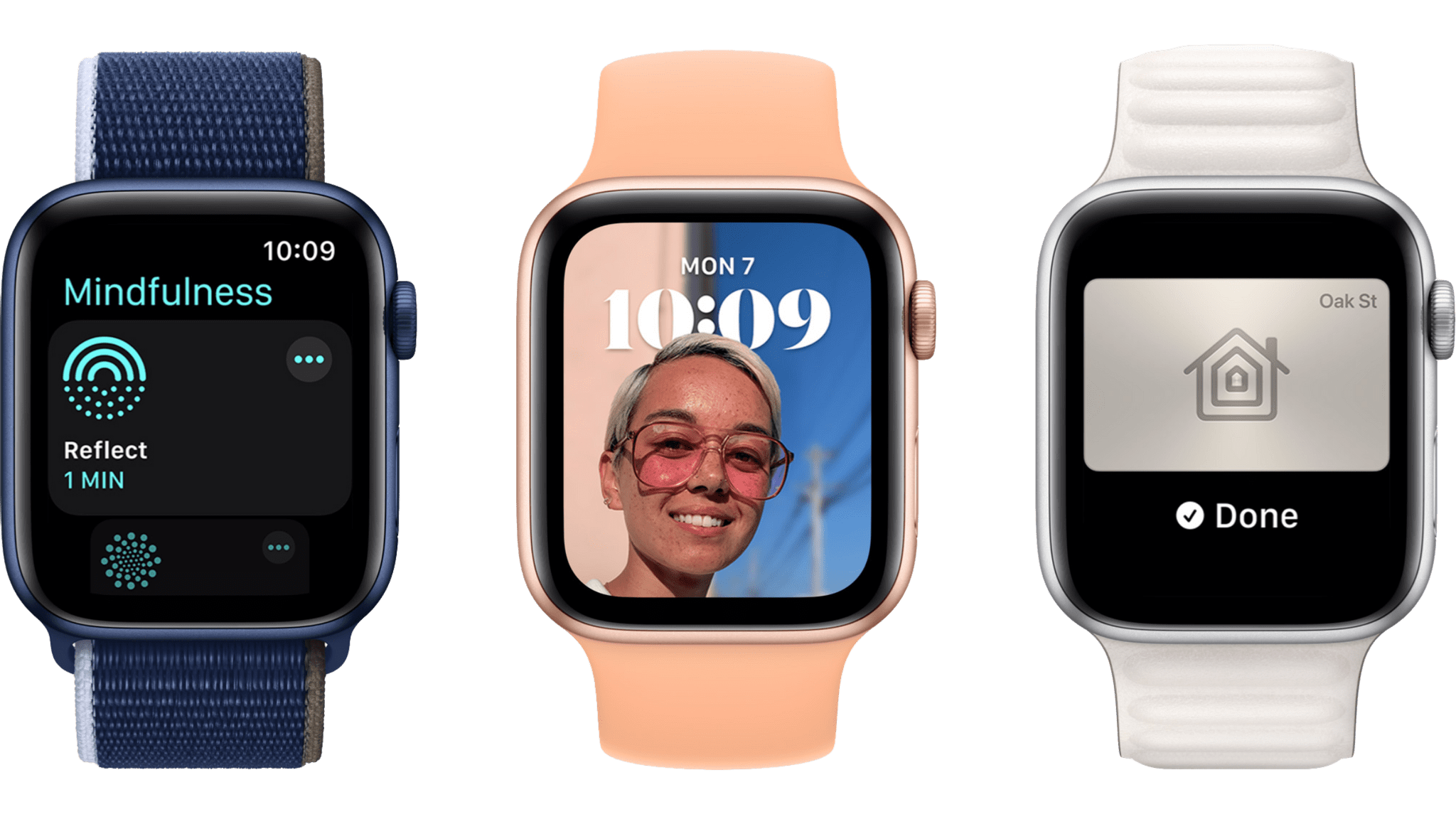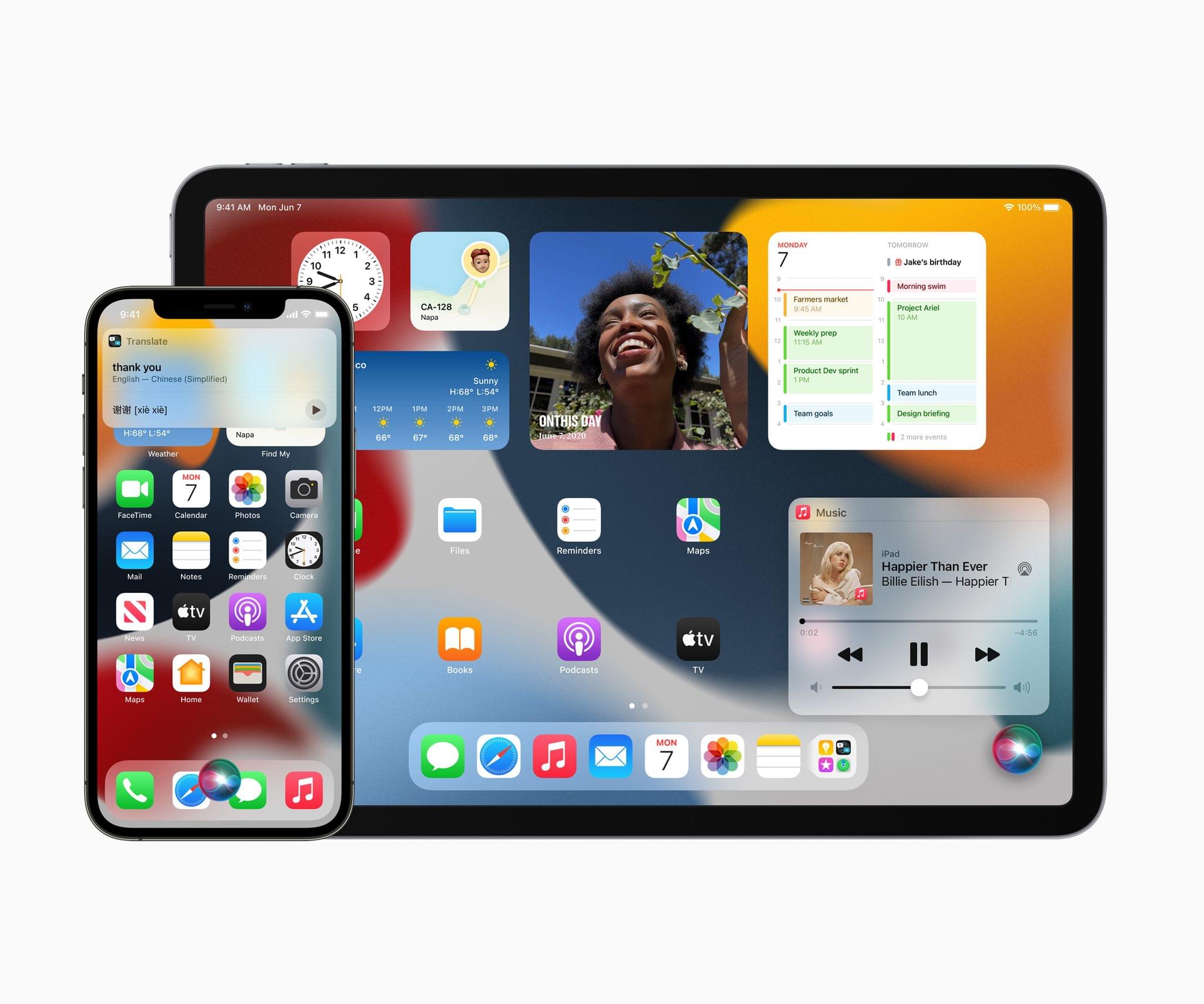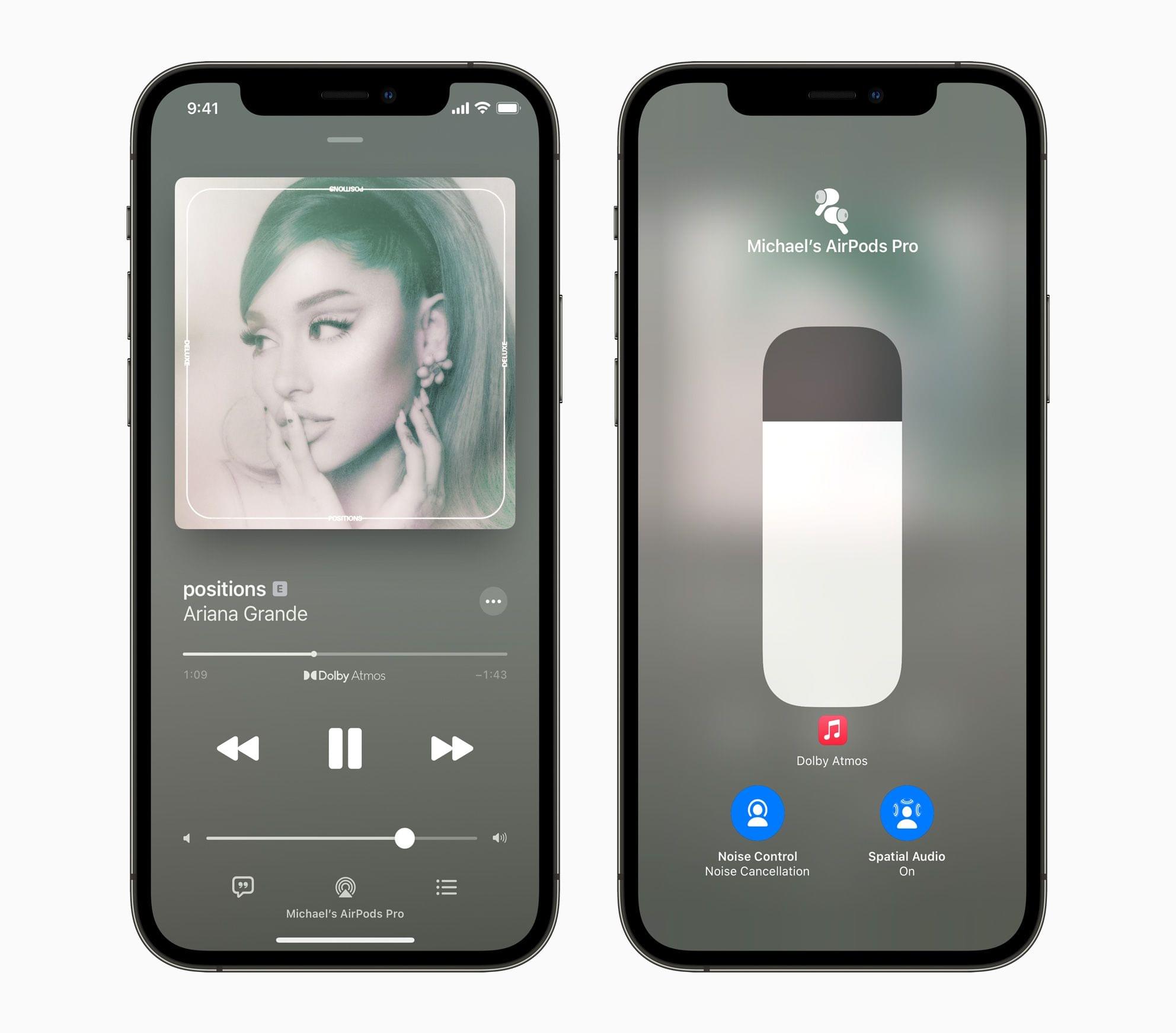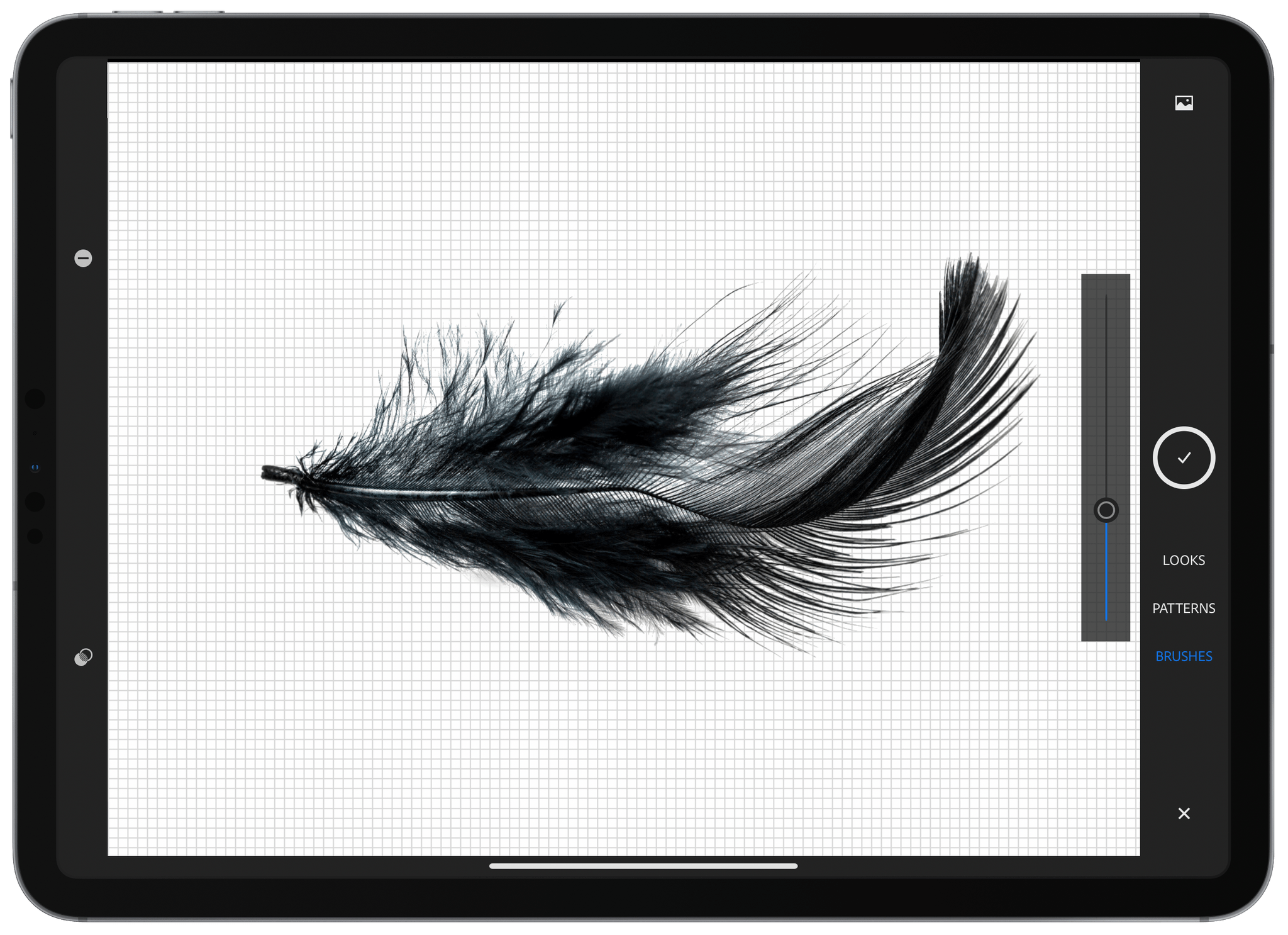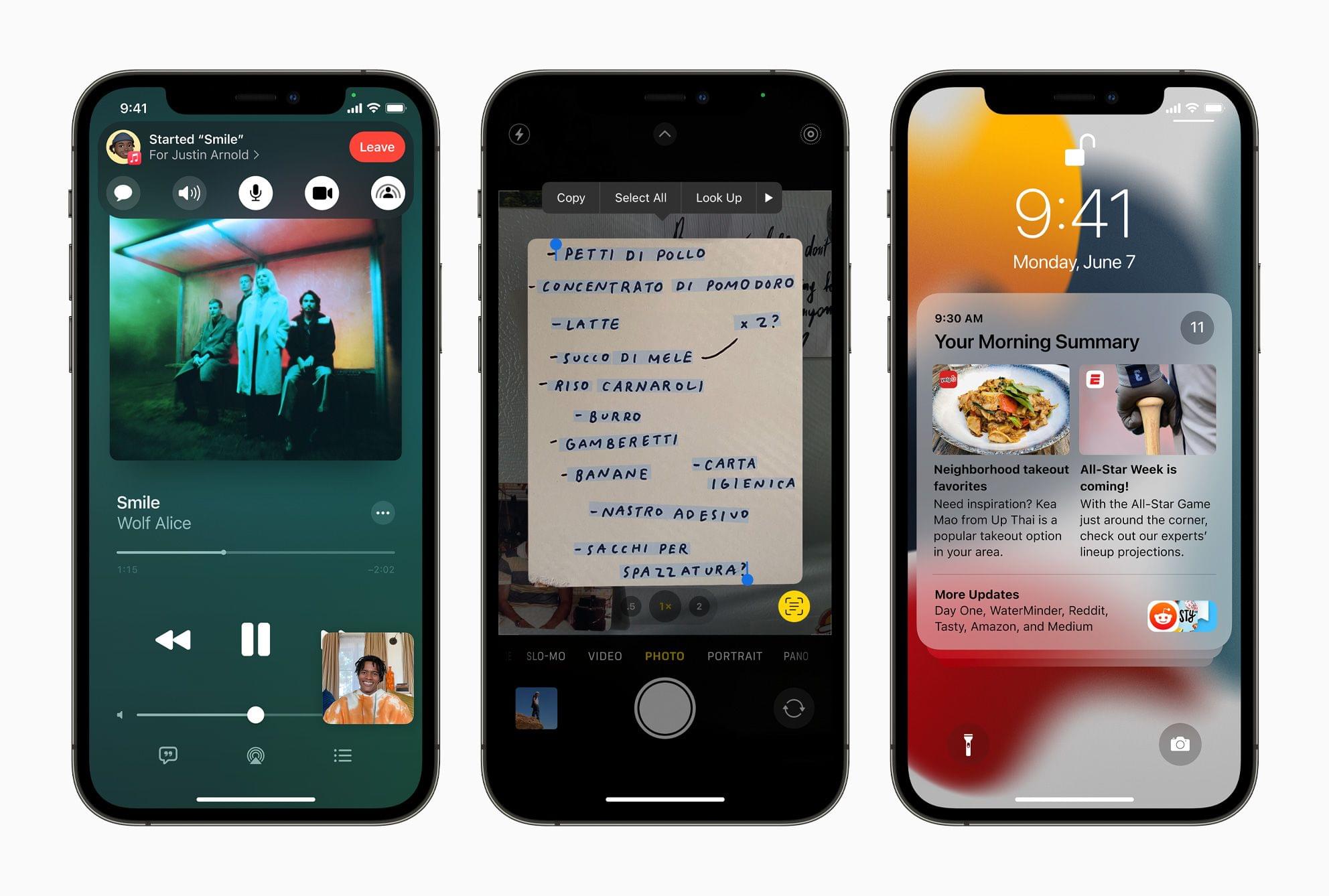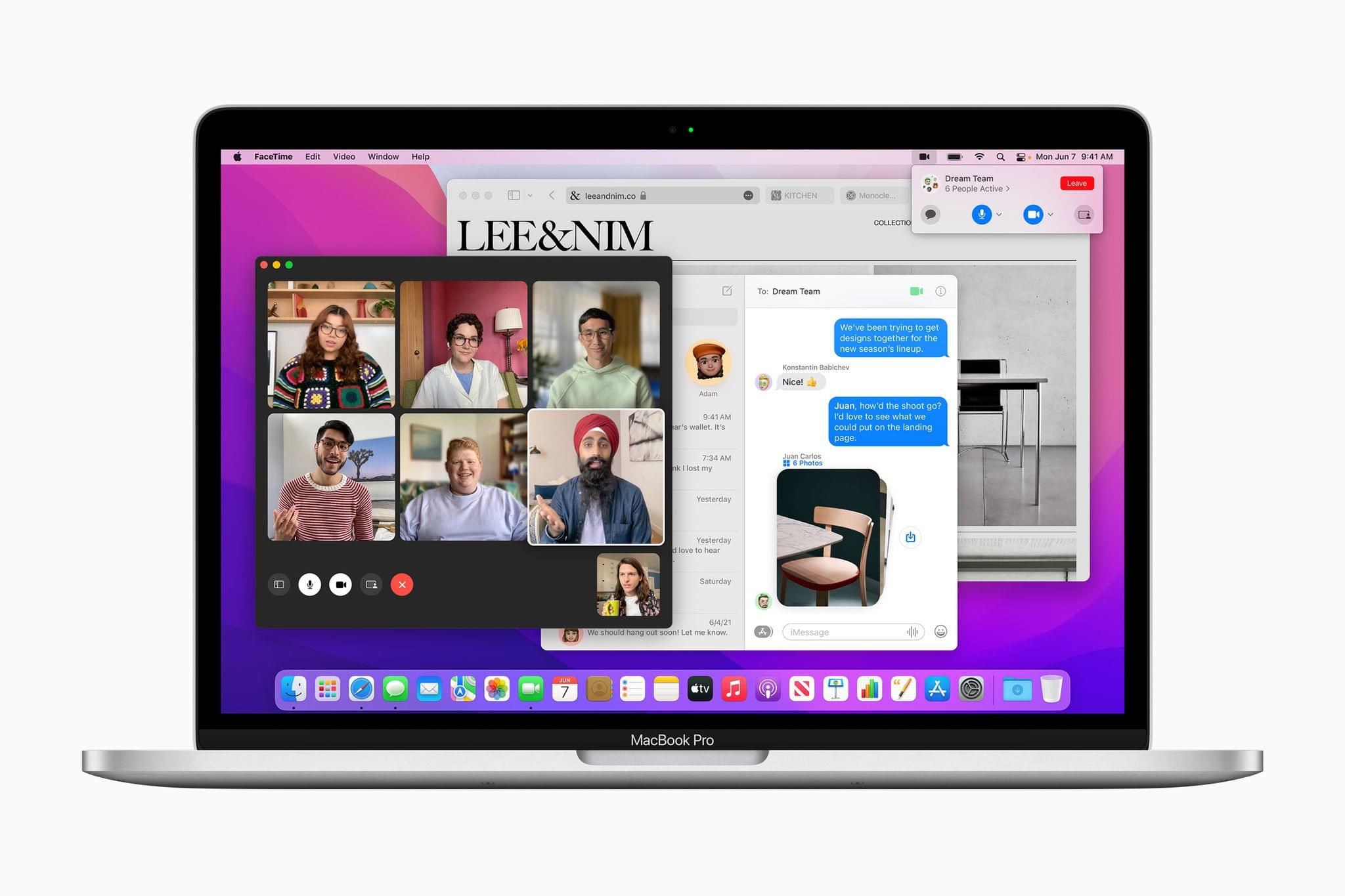Billboard’s Micah Singleton interviewed Apple executive Eddy Cue about this week’s update to Apple Music, which added Spatial Audio, a surround sound technology based on Dolby Atmos, and lossless streaming. In the interview, Cue explains why Apple is enthusiastic about Spatial Audio and emphasizing it more than lossless streaming:
…when you listen for the first time and you see what’s possible with Dolby Atmos with music, it’s a true game-changer. And so, when we listened to it for the first time, we realized this is a big, big deal. It makes you feel like you’re onstage, standing right next to the singer, it makes you feel like you might be to the left of the drummer, to the right of the guitarist. It creates this experience that, almost in some ways, you’ve never really had, unless you’re lucky enough to be really close to somebody playing music.
Although the number of Spatial Audio tracks numbers in the thousands compared to Apple Music’s catalog of 75 million songs, Cue expects it to gain momentum over time. To that end, Cue explains that Apple is evangelizing Spatial Audio:
So we went after the labels and are going to the artists and educating them on it. There’s a lot of work to be done because we have, obviously, tens of millions of songs. This is not a simple “take-the-file that you have in stereo, processes through this software application and out comes Dolby Atmos.” This requires somebody who’s a sound engineer, and the artist to sit back and listen, and really make the right calls and what the right things to do are. It’s a process that takes time, but it’s worth it.
I’ve had the chance to try both Spatial Audio on AirPods Pro and AirPods Max and lossless streaming over my home stereo system. Lossless sounds excellent on my dedicated surround-sound system, but I think Apple is taking the right approach by emphasizing Spatial Audio over lossless. As good as lossless streaming sounds, the difference is small by comparison to Spatial Audio. Also, lossless is anchored to my living room, whereas I can enjoy Spatial Audio anywhere.
I was an early adopter of DVD-Audio and SACD, which also offer a surround-sound music experience, but neither format really caught on. I think Spatial Audio could be different, though. First of all, the format isn’t an add-on cost to an Apple Music subscription. When you couple that with the popularity of Apple’s products and the competitiveness of the music streaming industry, I think the format has a fighting chance at gaining a foothold where others have stumbled.
You can follow all of our WWDC coverage through our WWDC 2021 hub, or subscribe to the dedicated WWDC 2021 RSS feed.


